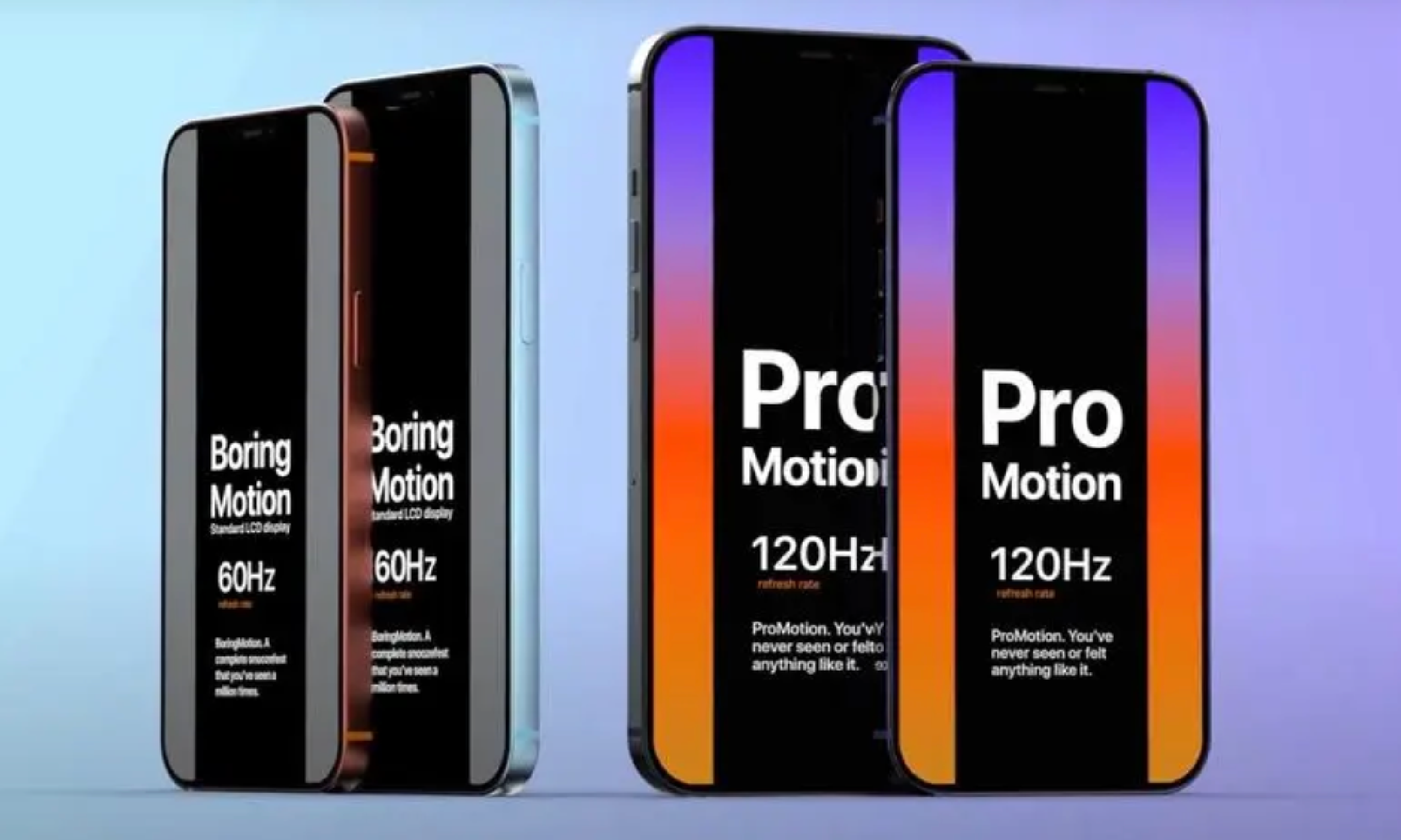
Key Points:
1. In terms of playing games, CPU / response speed / battery time is the first focus factor for purchasing equipment, and image quality / high frequency rate is the second focus factor.
2. The e-sports industry has spawned the demand for high frequency rate displays (90/120 / 144Hz). The advent of the 5G era will become an important thrust for the popularity of high frequency rate displays.
3. Compared with the 60Hz screen, the power consumption of the 90Hz screen is increased by 27%, and the power consumption of the 120Hz screen is increased by 40%.
4. Upgrading the 60Hz screen to a high frequency rate screen will directly increase the panel BOM of DDIC / LCD materials.
5. 2020 will be the landing year for the popularization of mobile phone high frequency rate technology. Sigmaintell expects to sell 220 million mobile phones with high frequency rate throughout the year.
Contents:
1. Background of high frequency rate technology demand
1.1 Consumers also maintain a high degree of attention to the high frequency rate of gaming devices
1.2 The e-sports industry has created a demand for high frequency rate displays
1.3 5G has become a catalyst for high frequency rate technology explosion
1.4 High frequency rate helps terminal manufacturers improve product competitiveness
1.5 Digest the excess computing power of SoC chip
2. The principle and advantages and disadvantages of high frequency rate technology
2.1 Technical principle of high frequency rate
2.2 Technical advantages of high frequency rate
-. Sliding operation is more "follow hand", fluency is increased
2.3 Technical defect of high frequency rate
-. Increased power consumption:
-. Deviation from the narrow border trend:
3.1 DDIC supply chain analysis
-. OLED DDIC reserve situation
-. LCD FHD DDIC reserve situation
-. LCD HD IC reserve situation
-. Stability analysis of high frequency rate IC supply
3.2 SoC manufacturers in the supply chain of high frequency rate chips
4. High frequency rate technology cost analysis
4.2 The stacking cost of the whole machine
5. High frequency rate technology market potential analysis and scale forecast
5.1 HD high frequency rate product trend analysis
-.Huawei / OPPO / vivo/ Xiaomi
5.3 Application prediction of frequency rate above 120Hz
5.4 Forecast of high frequency rate screen demand:
抱歉,暂无样报